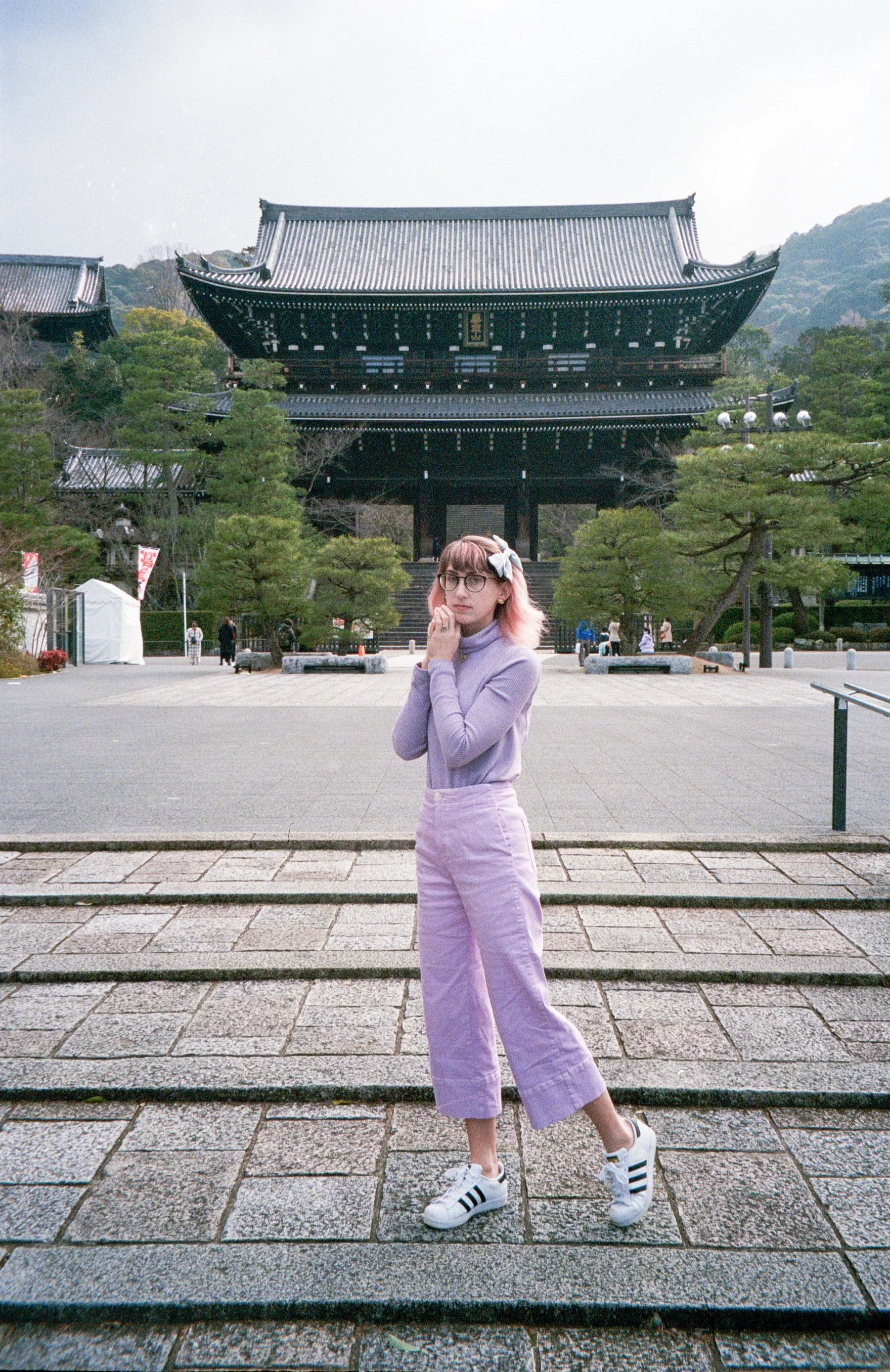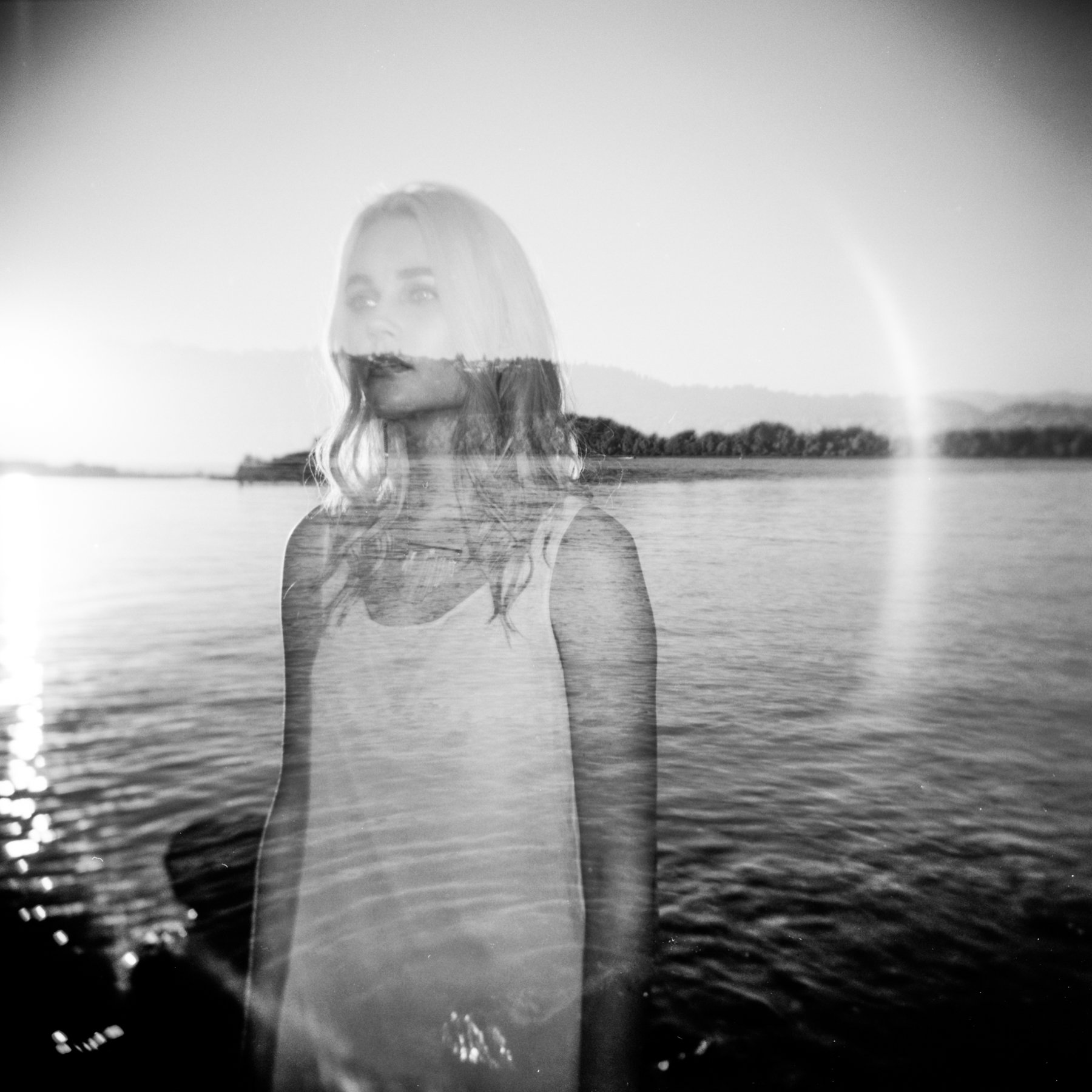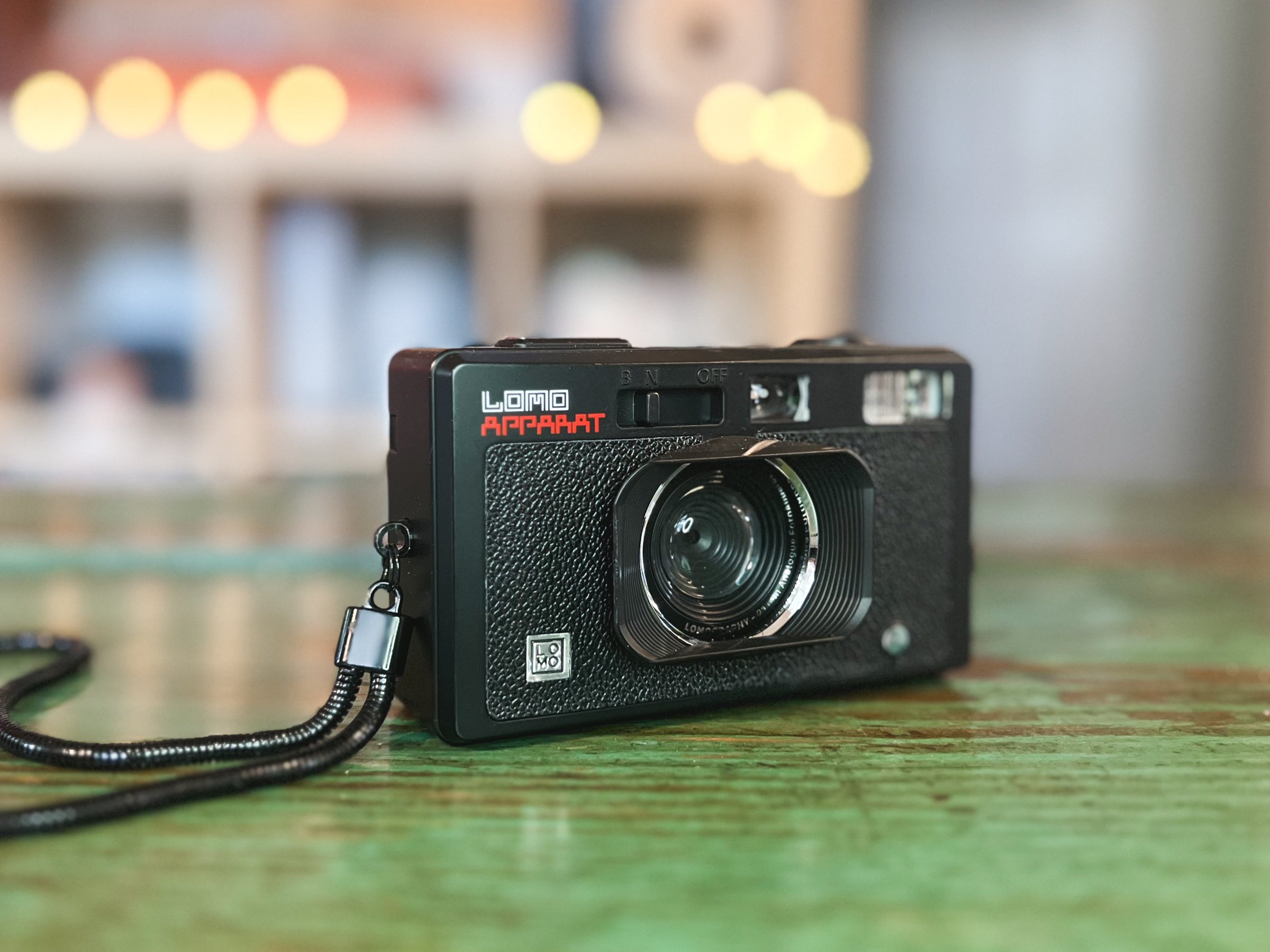(By using the links and/or codes below it supports Myles Katherine Photography. We may get a small kick back by you doing so.)
I sort of bought the Pentax IQ Zoom 140M on a whim one day. I’d been using the Vivitar IC101 for years as my go-to 35 mm panorama camera whenever I traveled, but I was curious what other panorama film cameras were out there. While I love the grainy, low-fi quality of the Vivitar IC101, I was really looking for a camera with a bit of a sharper lens. I came across the Pentax IQ Zoom 140M while browsing KEH Camera and it was only $20 so I went for it! I’ve been using it for years now and it never disappoints. It has so much more to offer than just the panorama feature. I’ve noticed this camera has started to go up in price quite a bit too, so I’d snag one soon if I were you! There are many different versions of this camera, but they all essentially do the same thing. Pretty much any IQ Zoom will get you about the same results. They have different zoom lens lengths available, so it really depends on your preference. I purchased the IQ Zoom 140M which has a 38-140mm zoom lens. I wanted to share 5 reasons why I love this camera. It’s become a necessity when I travel and it packs quite a punch into such a tiny camera!
5 Reasons Why I Love the Pentax IQ Zoom 140M
The Lens is Surprisingly Sharp!
The Pentax IQ Zoom 140M is a pretty standard point and shoot camera. It really doesn’t look particularly cool or impressive, but I’m always pleasantly surprised by how sharp this lens is. Especially if you’re using an ISO 100 film or similar, you can get some incredible images! I took this camera to Japan with me and I’m obsessed with how the images turned out. It’s perfect for snapping some quick street photography and the lens is wide enough that you can get entire buildings and landscapes.
2. You Can Easily Switch Between the Panorama Mode and the Standard 35 mm Frame Size
This is the best part of this camera and ultimately, why it has become one of my favorite travel cameras. With the Vivitar IC101, I could only take panorama photos. It made me feel very limited when using the camera and it didn’t really have any use other than that. With the Pentax IQ Zoom, you can switch mid-roll between the panorama frame size and the standard 35 mm frame size, as many times as you want! This is a game-changer. Most of the time, I just want to use the standard frame size. But when I’m traveling and I find myself at the top of a mountain or bell tower looking out onto a beautiful view, I always want that option to take a panorama photo. Sometimes, I like the leave the black border around the photos, so I included two different presentation versions below for you. :)
3. It has a Flash!
This is another necessity for me when it comes to travel cameras. You just never know what lighting situation you’re going to find yourself in when you’re traveling and I always feel more secure when I have the option of using a flash. Especially if I’m out at dinner and I just want to snap a few candid photos with my friends or family, the flash makes all the difference.
4. It’s Super Tiny and Weighs Nothing!
Again, this is another important feature that I look for in a travel camera. Traveling is exhausting. The last thing I want to do is lug around 20 pounds of cameras. The Pentax IQ Zoom is small and lightweight and can always find a home in my camera bag. I usually end up squeezing it in a tiny spot amongst my other cameras. It takes up no space at all. And at the end of a long day, when I drop off all of my big, heavy cameras in the hotel room and want to have a night out, this is the one camera I’ll bring back out with me. It can fit in my purse, it’s inconspicuous and it’s cute!
5. It has a Ridiculous Zoom Lens!
The 38-140mm lens is definitely a surprising feature of this camera. When you first look at the camera, you’d really have no idea it was even there! When I’m traveling, I usually prefer to shoot wide shots, so I don’t use the zoom lens often. But if you’re someone who likes to zoom in on your iPhone to get tighter shots of animals, people or landscapes, then this will definitely come in handy for you!
I hope this review gives you a better idea of what this incredible little camera is capable of. It has tones of other features, like a self-timer, red-eye reduction and bulb exposure mode. There’s really nothing that it doesn’t do! In my opinion, this is the perfect, affordable point and shoot 35 mm film camera. If you’re on the hunt for one, you should try out these sites:
PENTAX IQ ZOOM 140M:
If you’re interested in reading about my personal favorite 35 mm color films to use with this camera, check out my blog post here!
I’ve included sample photos below, but you can also check out my full YouTube video about the Pentax IQ Zoom 140M here!
If you found this post helpful or if you’d like to see more of my work, I’d love it if you considered signing up for my Patreon! For as little as $1 a month, you’ll get early access to all of my YouTube videos, plus tons of photos that I don’t post anywhere else. Depending on which tier you choose, you could also receive seasonal prints and/or discounts! I always use all of the proceeds towards film & processing. Find out more here!
Thanks so much for stopping by! Feel free to leave any questions or comments below. And don’t forget to stop by my Amazon storefront for more camera/film recommendations. :)
<3 Myles Katherine



























































































































